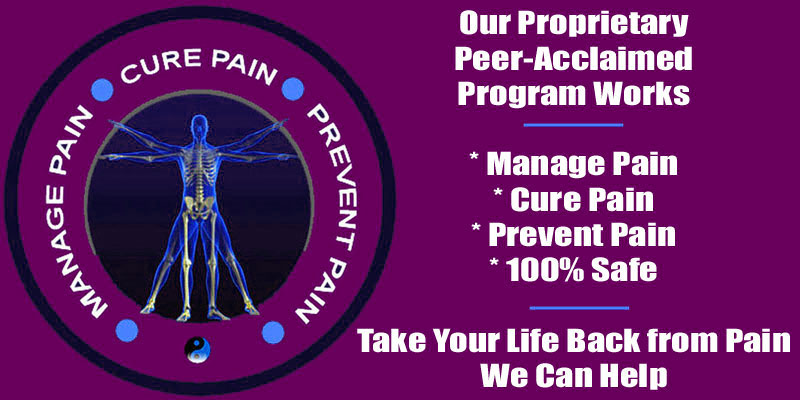
Pregnancy scoliosis worries can cause anxiety for any expectant mother with an atypically curved spine. However, in virtually all cases, scoliosis will not become a negatively influential factor during pregnancy and should certainly not deter any woman from becoming pregnant.
In rare cases, scoliosis can complicate pregnancies to some degree, although these circumstances represent the extreme end of the rating spectrum for lateral spinal curvatures. In order to provide complete coverage of the topic of being pregnant with scoliosis, we will explore all possible scenarios that might occur during the time carrying and delivering a baby.
This essay provides guidance for women who are pregnant and also are affected by scoliosis. We will explore how and why in most cases, the scoliosis will not be a detrimental consideration and when this rule might change, complicating the pregnancy.
Pregnancy Scoliosis Case Profiles
Most cases of scoliosis are mild to moderate and are not considered to be risk factors for pregnant women. There is no evidence that scoliosis inherently provides any specific or general risks to a pregnant woman or her baby. In fact, doctors now view scoliosis as an incidental factor to health and pregnancy in over 90% of diagnosed cases.
Very severe and extreme cases of scoliosis can complicate pregnancy, simply because they might already negatively influence health and physical functionality. The worse the degree of curvature, the greater the chances of some unwanted effect being rendered on overall health and wellness during the physically, mentally and emotionally trying time of being pregnant.
Generally speaking, the more consequences the woman experiences from her scoliosis before becoming pregnant, the more complications might result afterwards. However, doctors still do not view even severe cases of scoliosis as reasons not to carry a child to term and many women with very clinically-significant scoliosis have children successfully each year.
Scoliosis Risks Carrying a Baby
As noted above, there are no specific risks demonstrated by being pregnant with scoliosis. Most women will not suffer any additional symptoms or consequences when compared to a woman who does not have scoliosis while pregnant. It is common for woman with scoliosis to have mild to moderate back pain when pregnant, especially in the third trimester. However, this fact is also true for women who do not have any spinal abnormalities at all, as well.
Women who are compromised physically by severe scoliosis might suffer greater degrees of discomfort when pregnant. They might be in pain and have greater physical limitations due to their atypical spinal curvatures. Typically, these discomforts can be managed constructively using holistic and natural methods of pain relief.
Women who are compromised in their cardio and/or vascular capacity due to lung compression or heart compression are at special risk and must be monitored closely to ensure the health of the baby and mother during this exhausting and stressful time on the anatomy.
It is extremely rare for scoliotic curvatures to directly affect the ability to carry a baby or cause any problem for the developing fetus in the womb.
Pregnancy Scoliosis Risks Delivering
Most women do not suffer any complications when delivering a baby while being affected by scoliosis. Some women with severe curvatures might have a more lengthy delivery time during natural childbirth due to misalignments in the birth canal. Scoliosis does not cause any risks during caesarian section birth. Scoliosis also does not typically cause any problems for women who choose to receive an epidural anesthetic during delivery, except in rare cases where a previous spinal fusion surgery may contraindicate epidural use, but this event is extremely rare.
Many women ask if scoliosis will be passed along to their baby and the answer is not clear. Scoliosis is certainly a disorder that does involve hereditary markers and does run in family lines. However, there is currently no way to determine if a child will be affected by atypical spinal curvature as it grows up. Certain types of congenital scoliosis can be observed prior to birth using medical imaging studies.





